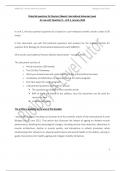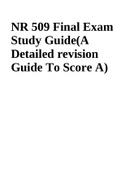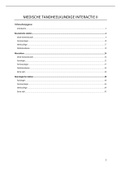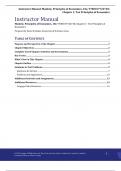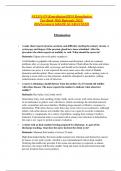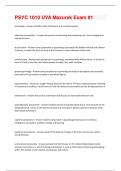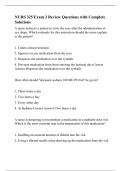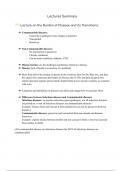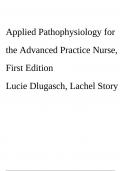Tentamen (uitwerkingen)
IAL Biology Unit 5 - Potential Questions and Answers for the Scientific Article - January 2024
- Vak
- Instelling
In unit 5, the last question (question 8) is based on a pre-released scientific article a total of 30 marks. In this document, you will find potential questions and answers for the Scientific Article for question 8 for Biology IAL (International Advanced Level) WBIO5/1. (The article is provid...
[Meer zien]
